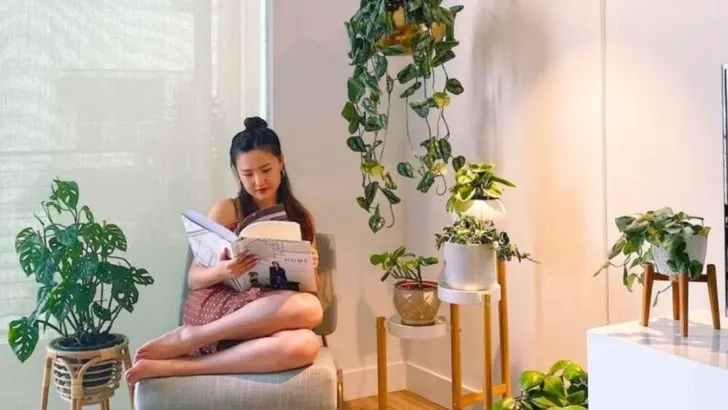Not every room in your home is flooded with sunlight—but that doesn’t mean your houseplants have to suffer. Over the past year, I experimented with techniques to help my plants adapt and even thrive in lower-light conditions.
Through gradual light adjustment, strategic placement, and selecting naturally shade-tolerant species, I discovered that many plants can be more resilient than we think. Along the way, I learned how to read their signals and fine-tune care routines for lasting success.
In this article, I’ll share how I trained my houseplants to thrive on less light—and how you can create a lush indoor jungle, no matter how many windows you have.
Strategic Placement
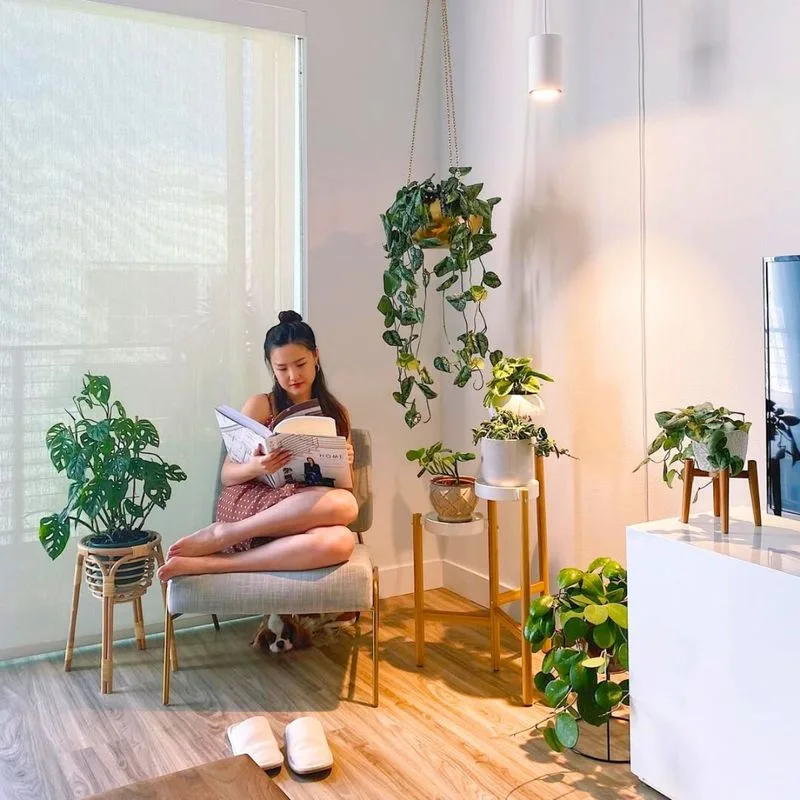
Ever wondered where your plants want to reside? Placing them near windows with indirect light can be a game-changer. It’s about finding that sweet spot where light is just right without being overwhelming. Picture a peace lily basking in gentle light on a cool morning. Sometimes, just rotating them can make a big difference. Think of it as giving them a new perspective. Try experimenting with different spots; you might be surprised by their response. Each plant has its unique preference, much like picking the perfect nook for reading or relaxing.
Reflective Surfaces

Mirrors, often seen as just decorative pieces, can transform a plant’s life. They reflect light, making rooms brighter and more inviting. Imagine your fern soaking up light from a sunbeam bouncing off a mirror. It’s like a light festival right in your living space! You don’t need to buy new accessories; sometimes rearranging what you already have does the trick. Place mirrors behind plants, and watch as they seem to reach for more. The room feels fuller, more vibrant, and your plants appreciate this added illumination.
LED Grow Lights
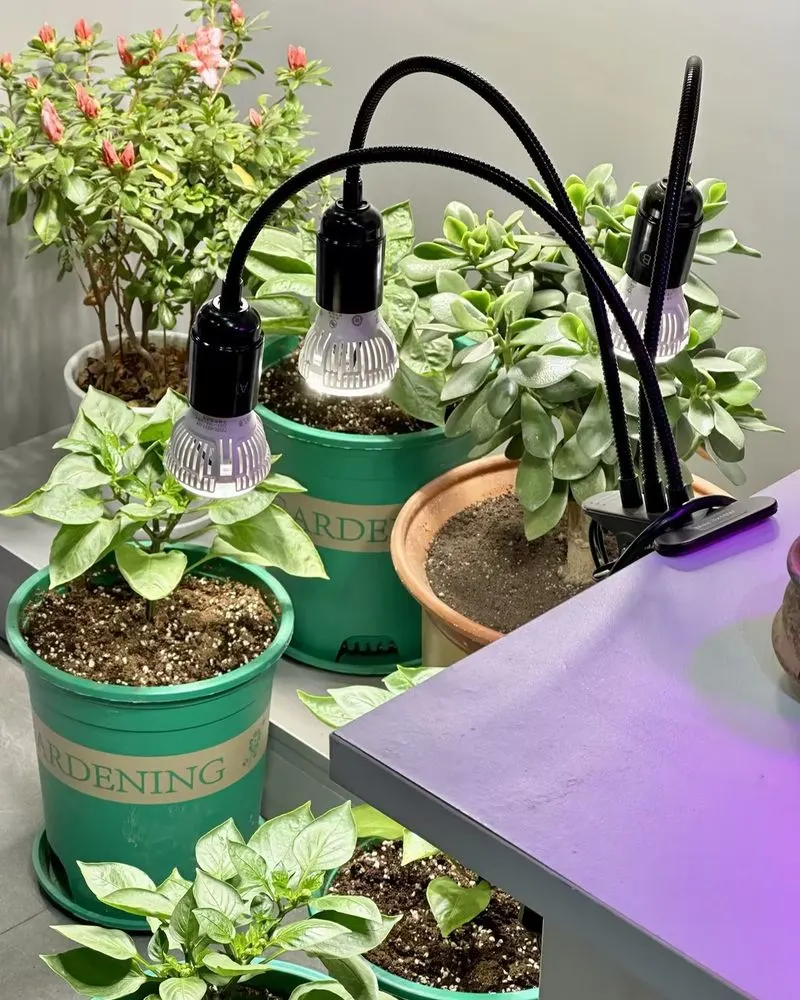
Technology meets nature with LED grow lights, offering a simple solution to low-light woes. Consider them as mini suns shining down whenever your plants need a boost. These lights are energy-efficient and can be tailored to suit individual plants’ needs. Imagine the delight of a succulent basking under a gentle, controlled light source. Position these lights above or beside your plants, ensuring they receive consistent exposure. For those long, dark winters, these lights can be a lifesaver. They bridge the gap between nature and technology seamlessly.
Soil Mix Optimization
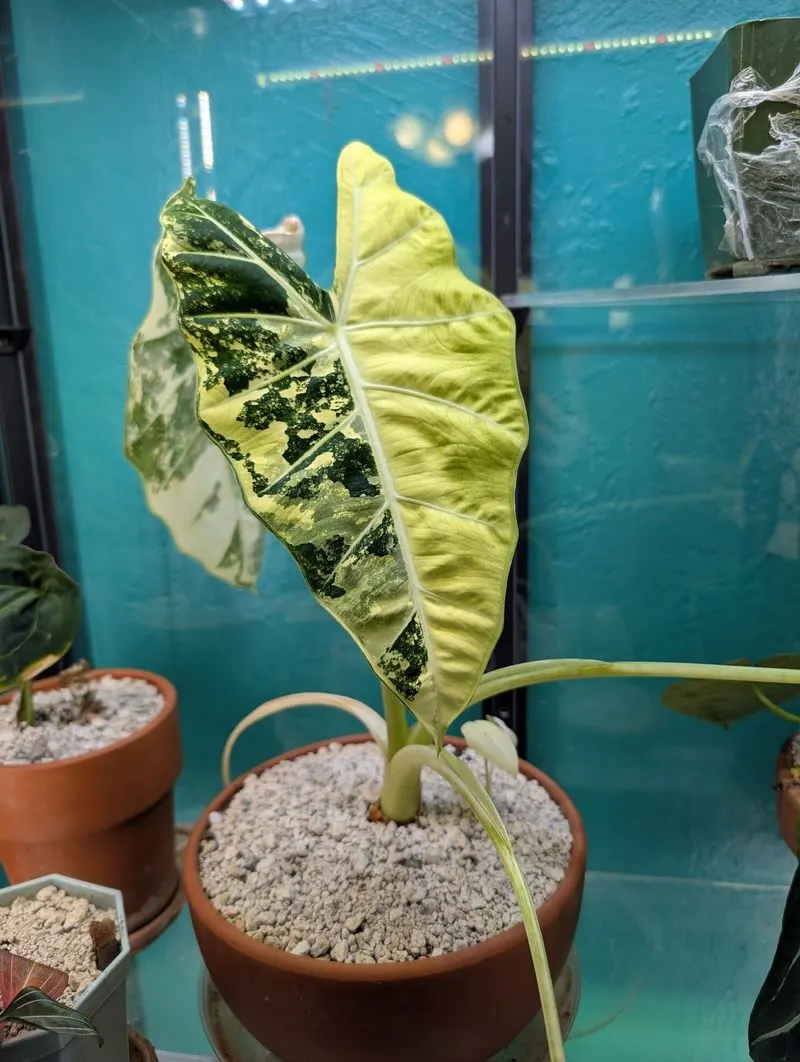
How about a soil that caters to light-deprived plants? Mixing perlite and coco coir into your soil can help improve aeration and moisture retention, vital for plants in low light. This combination allows roots to breathe while holding the right amount of water, preventing overwatering.
Imagine the satisfaction of tailoring a soil blend that meets your plants’ specific needs. It’s like preparing a gourmet meal, but for your leafy friends. This method has drastically improved my plants’ health and resilience.
Did you know this mix is also environmentally friendly, utilizing renewable resources?
Adjusting Watering Frequency
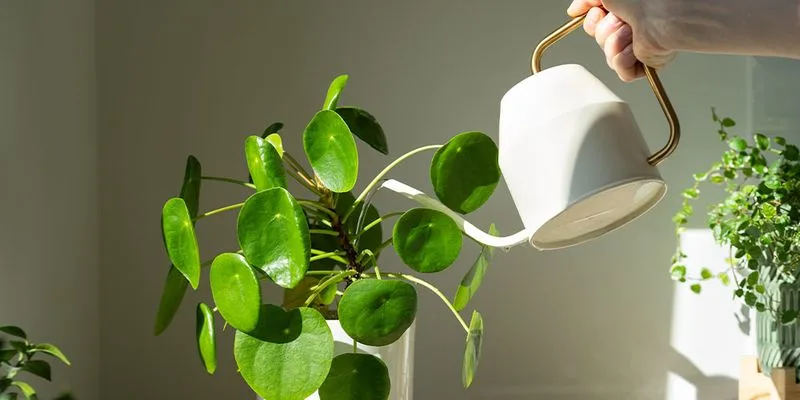
Ever thought of synchronizing your watering schedule with your plant’s environment? Reducing the frequency of watering helps prevent root rot in low-light conditions. These plants need less water because they use photosynthesis slowly, reducing evaporation.
Consider it a dance, where you and your plant find the rhythm of nature. By observing their needs, I discovered that less can indeed be more.
Fun fact: Houseplants can communicate their water needs through subtle signs like leaf droop, guiding you in this intricate dance.
Utilizing Companion Plants
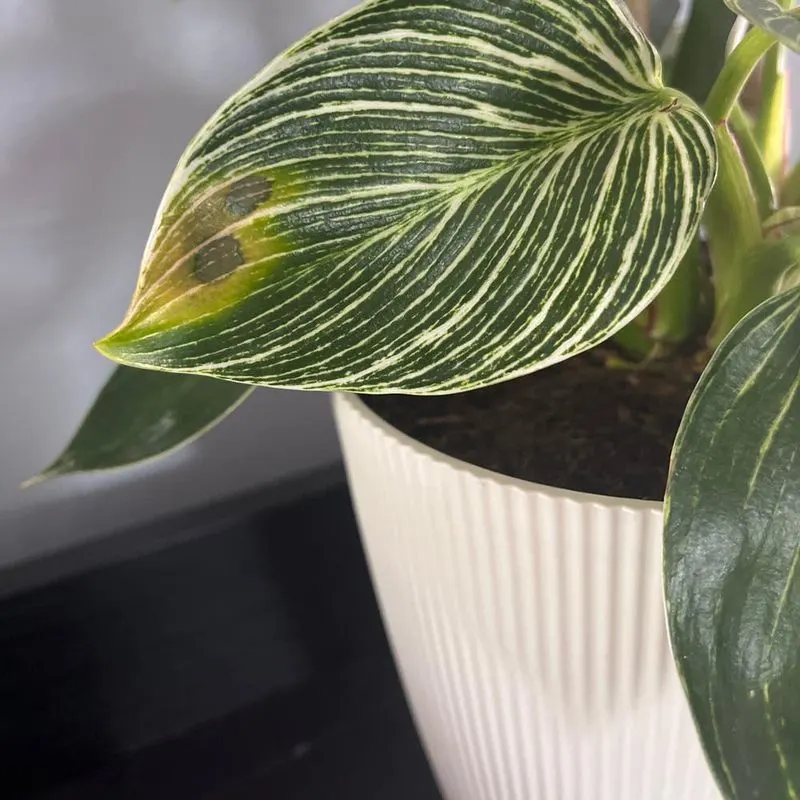
Why not let plants help each other thrive? Introducing companion planting, where certain plants coexist, enhancing growth and health. Low-light plants can benefit from the companionship, sharing humidity and even warding off pests naturally.
Picture a symphony, where each plant plays its part harmoniously. This method creates a micro-ecosystem, fostering mutual growth.
Interestingly, specific plants like ferns and peace lilies complement each other, creating a lush, healthy environment. This approach has not only beautified my space but also nurtured a thriving indoor garden.

